10 Article X: Connection of Several Notes Within a Bow (Slurs)
The connection of several notes on a bow, the so-called slur,[1] should not really add anything new to the rules for bowing. Each ligature or group of notes with the sign
![]()
means, more or less, a long, held note. All combinations of slurred and unslurred notes fall into the simple bowing patterns that the player will recognize from Article VII. We have illustrated this in the following exercises showing the upper line in small note values.
And yet, the beginner, who can play with a melodious tone in familiar passages, forfeits much of it as soon as he has to perform faster figures. A figure such as this:

requires nothing more from the bow than this:

In reality, however, the player will make a less-good tone in the first example.
We could explain this—leaving aside for now the changes in tone caused by the pressure of the left-hand fingers on the strings—by stating the fact that in the first figure, the player will be focusing their attention almost exclusively on the left hand at the expense of the right. I have often observed on students that their bow’s contact point, bow direction, and ability to regulate cantilena stop working as soon as the left hand has to perform anything fast. The bow usually moves closer to the fingerboard, and because of this the strength of the tone decreases. The direction of the bow also becomes less controlled; often, it moves laterally from the fingerboard to the bridge and vice versa. This creates a number of extraneous noises, such as a hissing sound, which affects the quality of tone not a little. It is therefore not enough just to advise the learner that sound is one of the most difficult tasks of cello playing.
Exercises in Slurs on One String

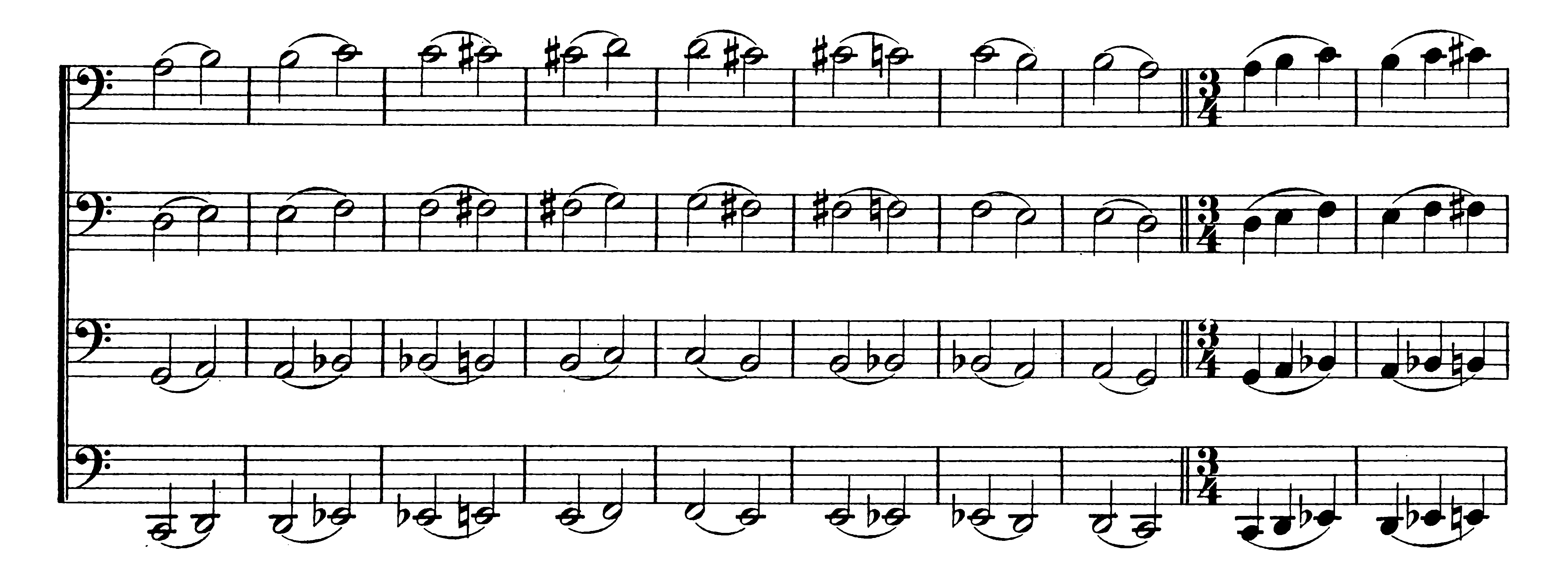
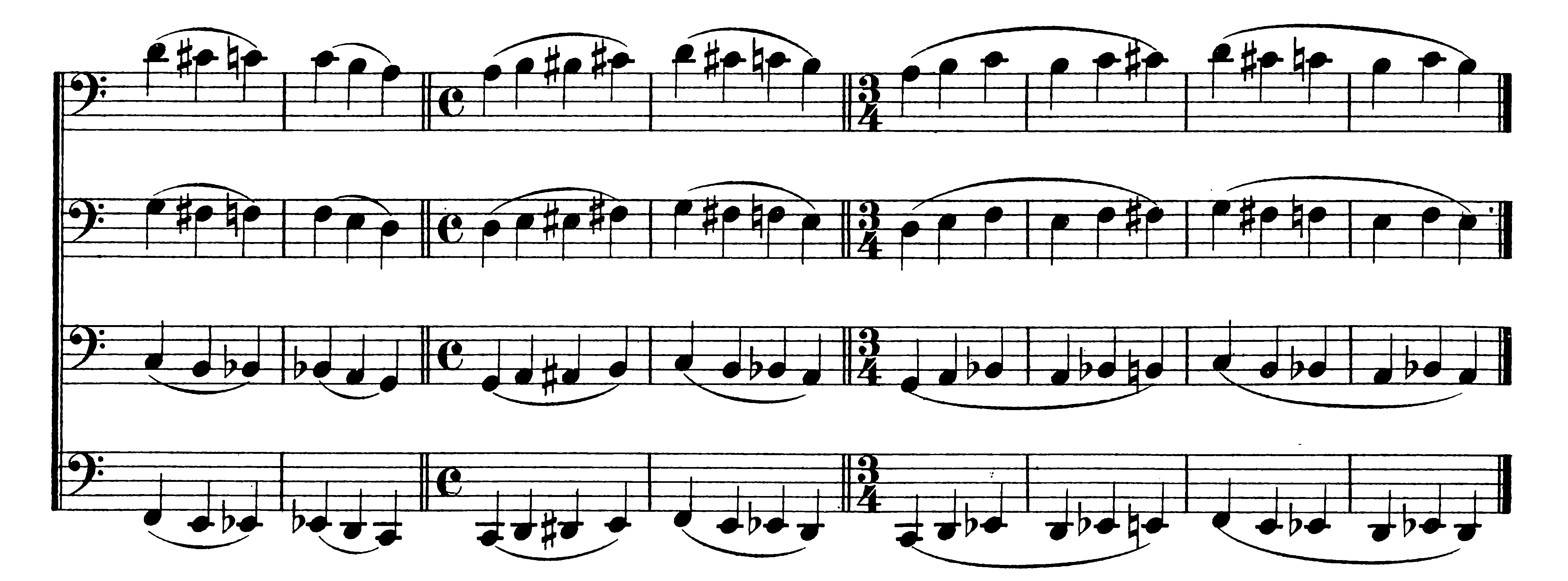
Exercises with Alternating Slurred and Separate Bows
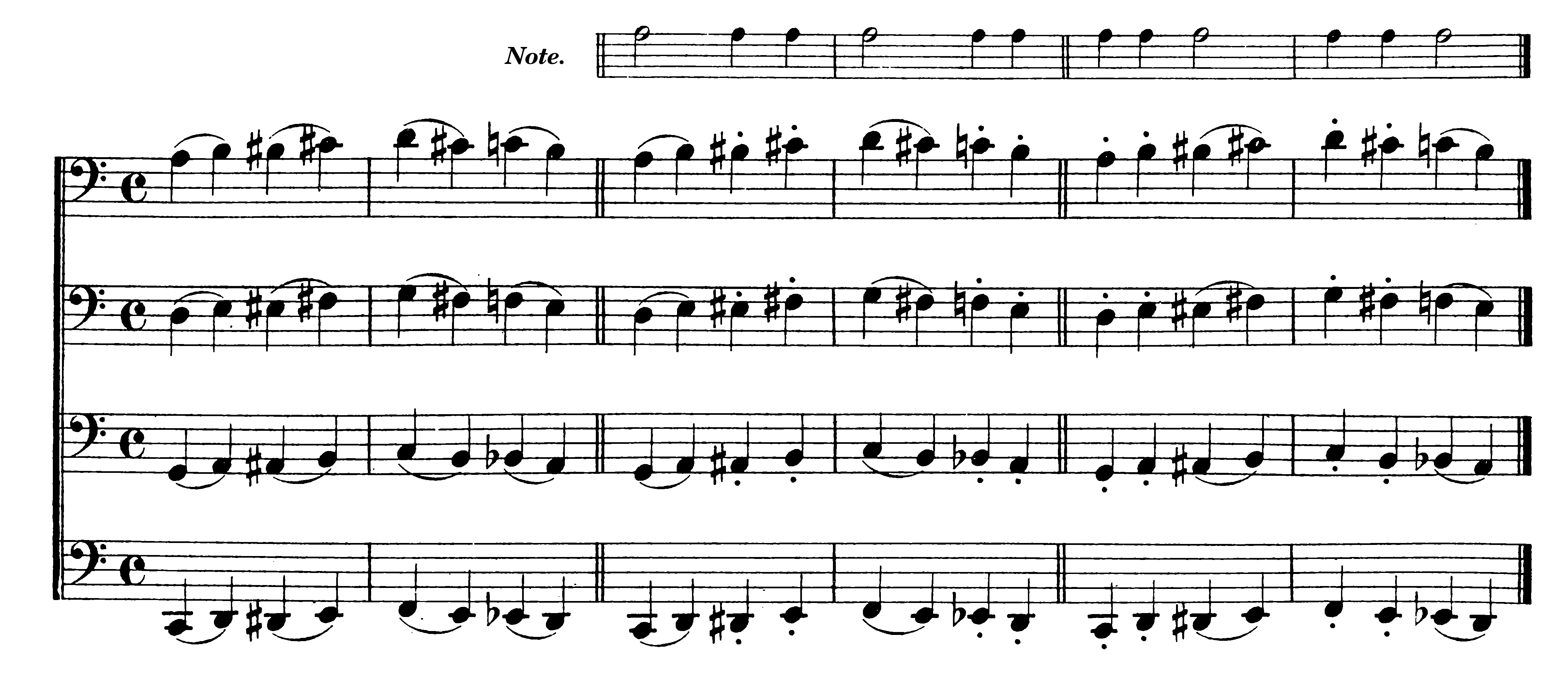
Note: the notes in small type indicate the distribution of the bow.
The following examples are only notated on one string, but the learner should perform them on the other three strings too.







Two Examples of Slurs on One String
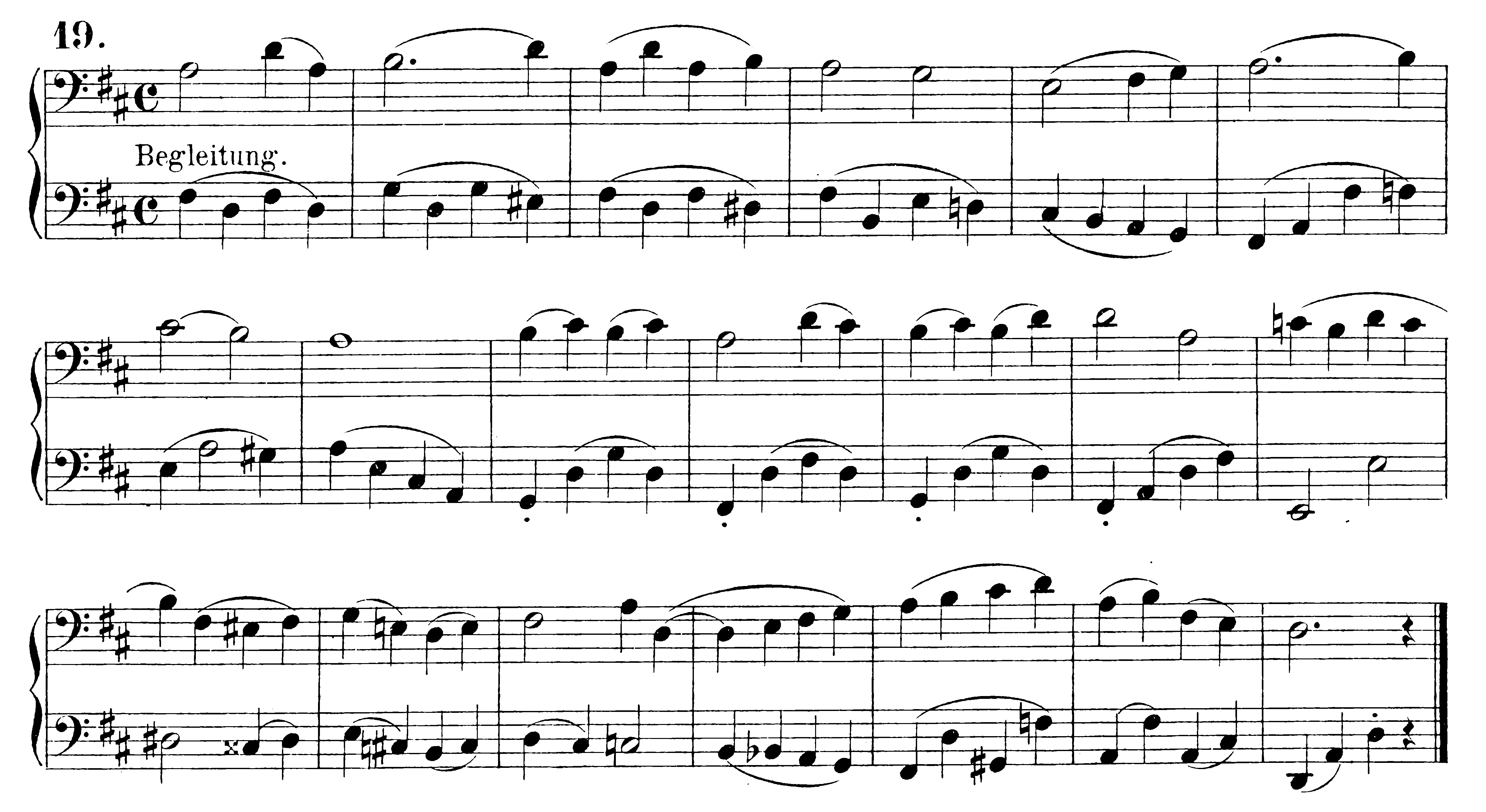
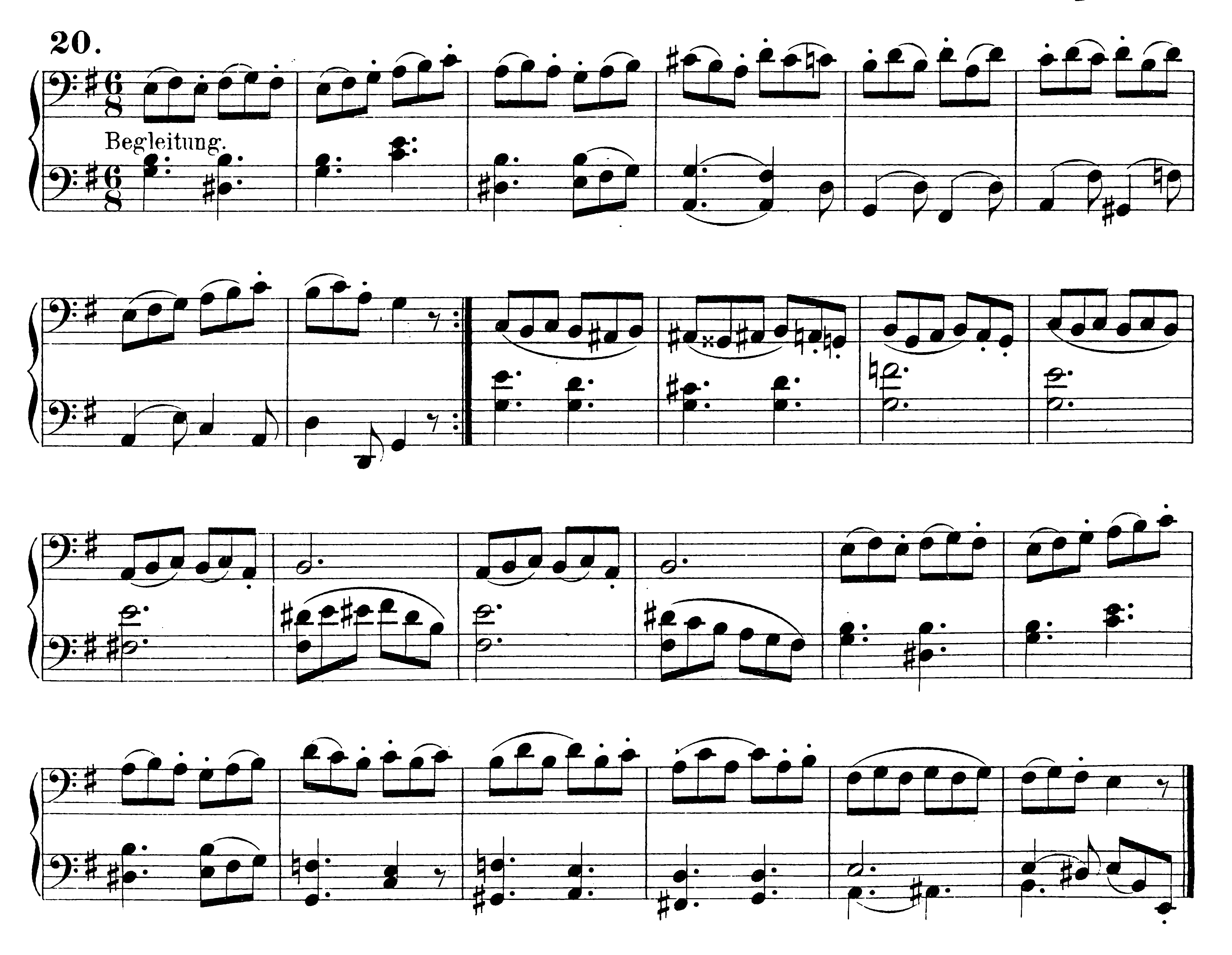
Exercises for String Crossing in Slurs
(Execute alternately in half bows and short bowstrokes in the three parts of the bow mentioned previously.)


Exercises for String Crossings in Slurs, with Different Types of Strokes
(Can also be played on the G- and D-strings and on the C- and G-strings, following the established rules for bow speed.)

Exercises for String Crossing in Combinations of Slurred and Separate Bows
(Can also be played on the G- and D-strings and on the C- and G-strings.)




Example for Slurs in String Crossings
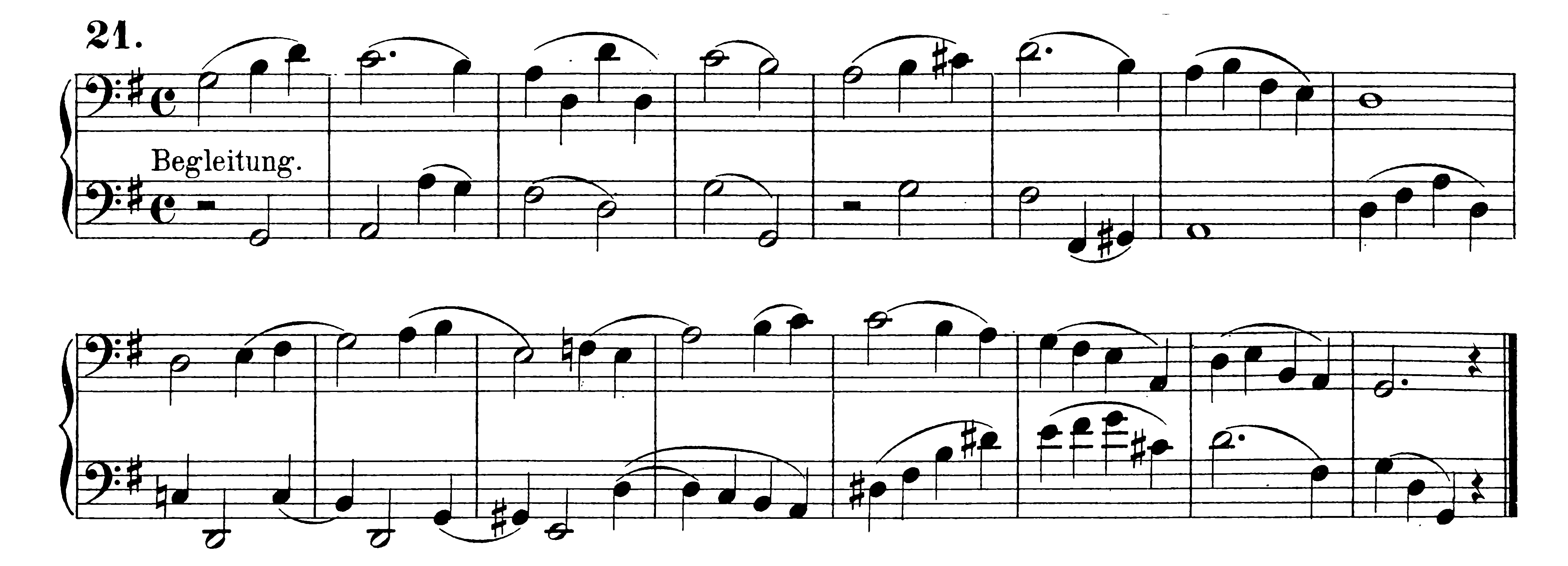
Two Examples for Connecting Slurs and Separate Bows in String Crossings
I.
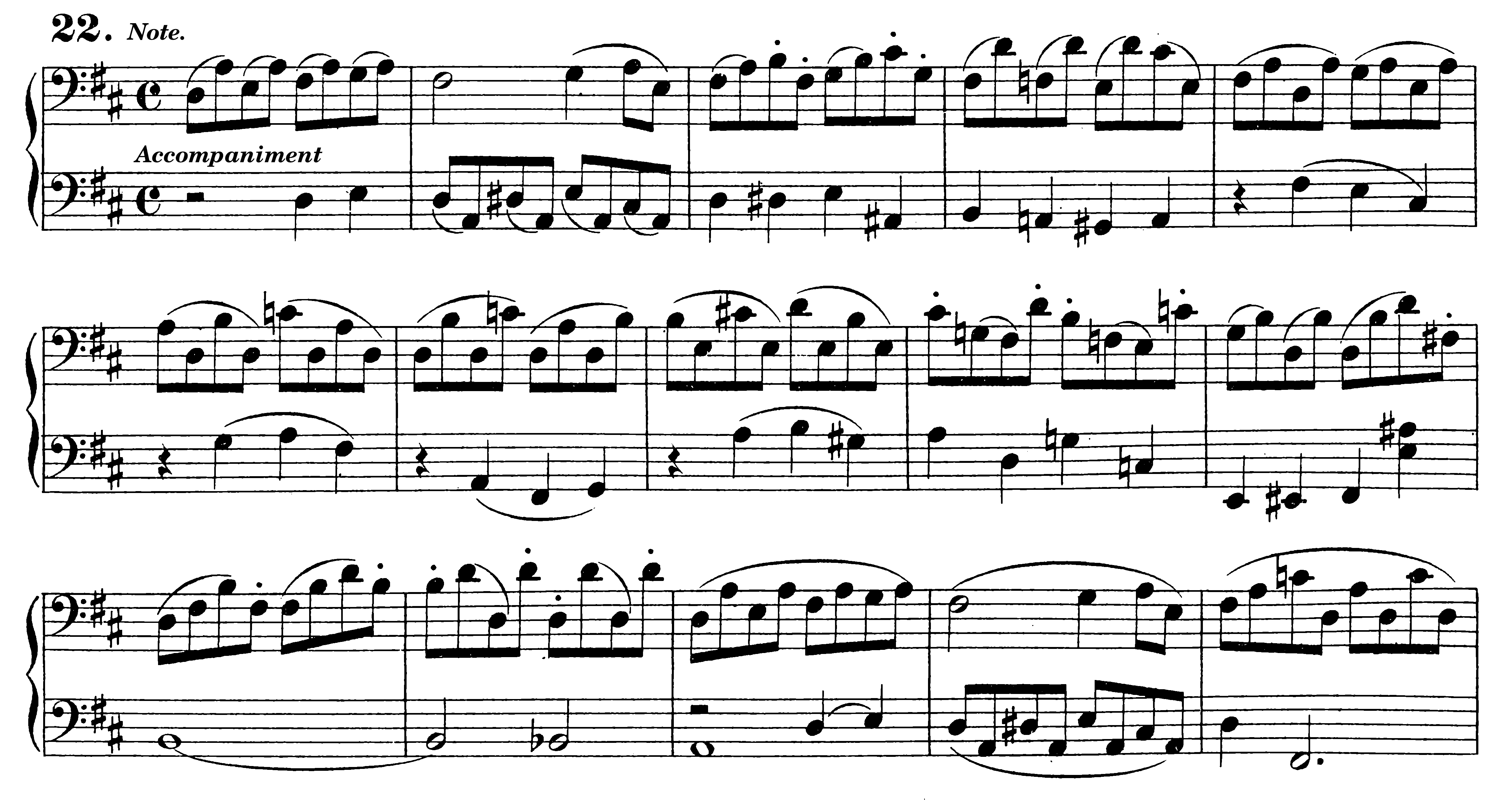

Note: Before playing these two examples, the player should write “NB” according to the previous instructions on notes that require a faster bow.
II.
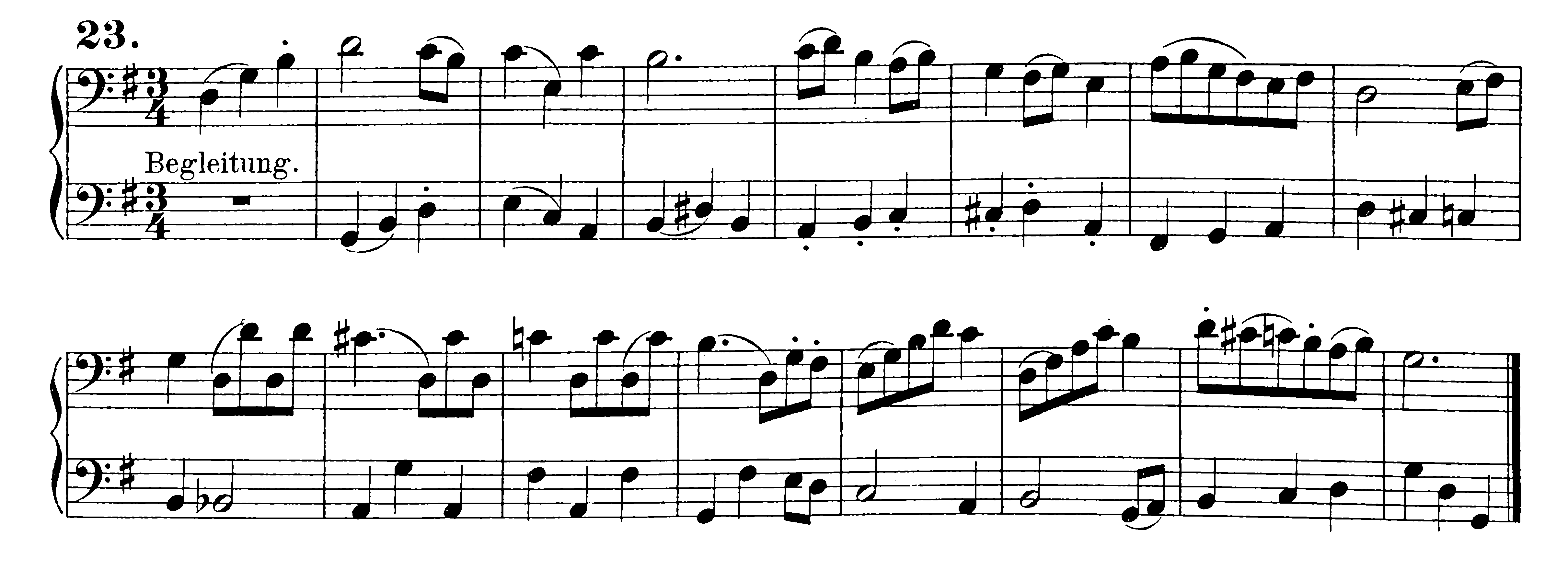
C, G, and F Major Scales in Slurs
(First, play one bow to a bar, then one bow for two bars, and finally one bow for four bars.)



Slurs over 3 and 4 Strings
The following groups of notes and slur marks are intended for studying slurring over three and four strings. Exercises A and B, notated for the A-, D-, and G-strings, should be played in a corresponding manner on the D-, G-, and C-strings. The exercises with doubled numbers indicate that these bowings should be practiced alternately on down- and up-bows.
The inconvenience mentioned in Article VIII occurs here to an even greater extent in string crossings over 3 and 4 strings. There are types of bowstrokes that cannot be executed on the down-bow. Others cannot be executed on an up-bow, especially at a fast speed (for example, figure 5 of exercise A on a down-bow).
On 3 Strings

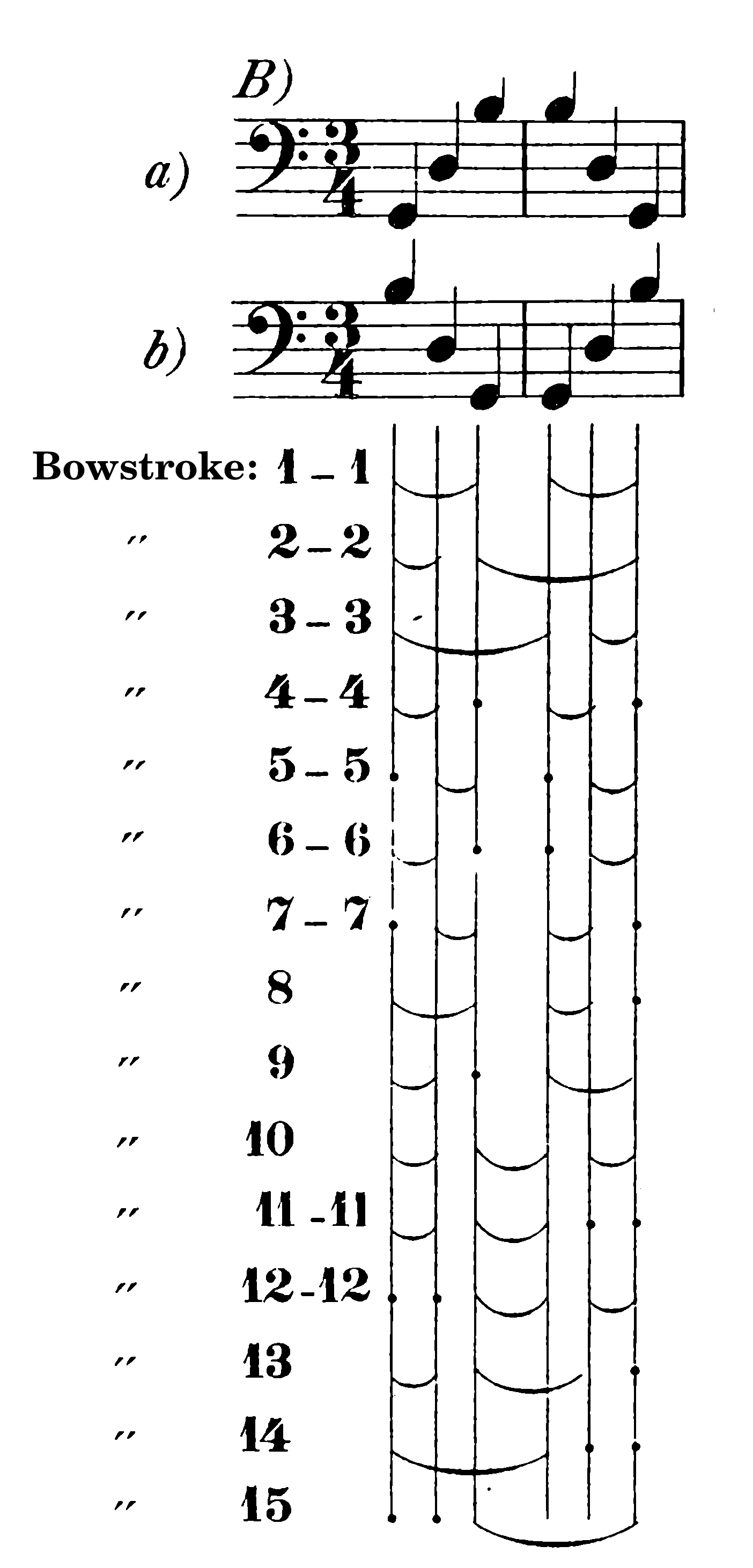
On 4 Strings
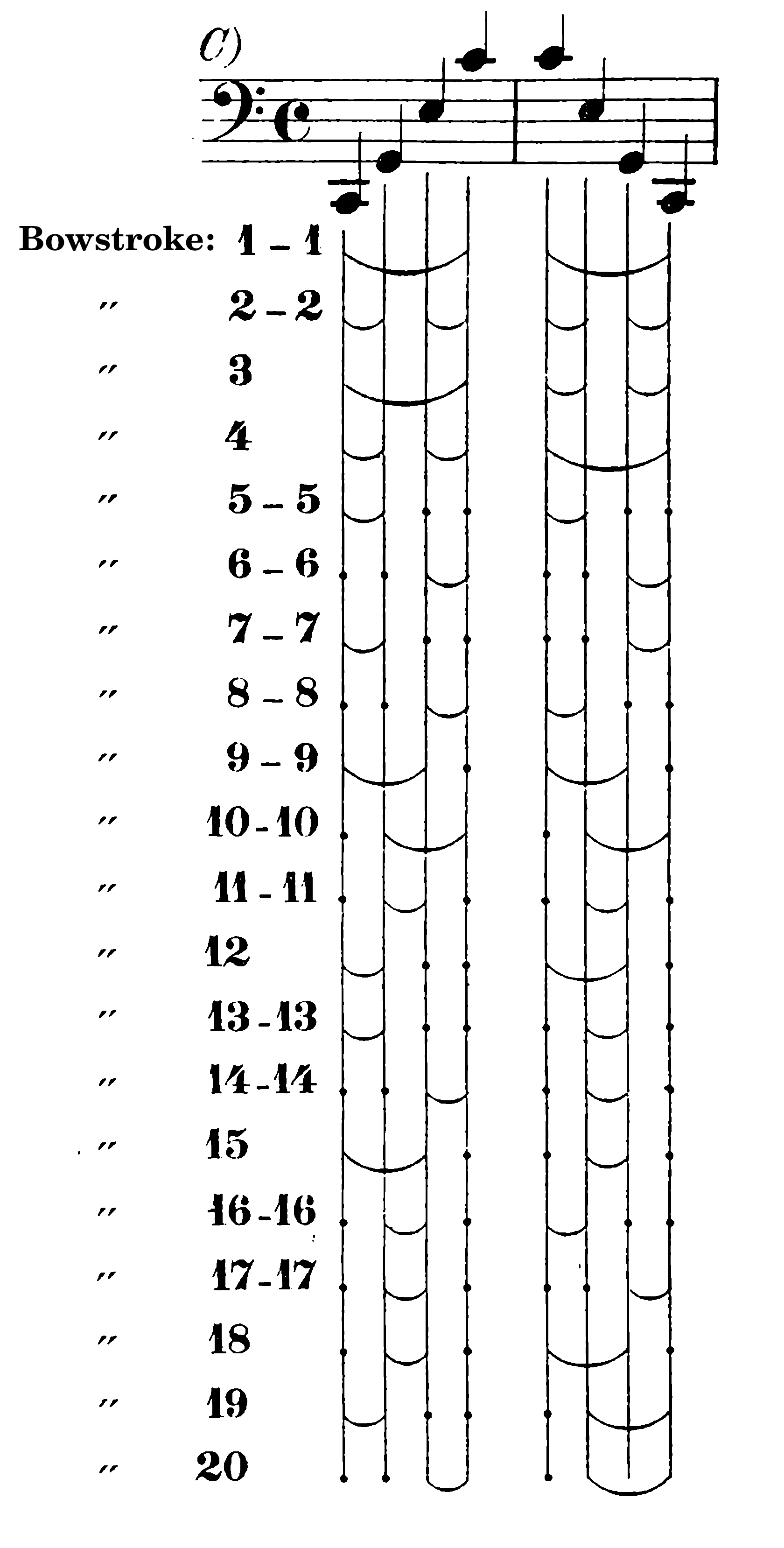
Example of Slurred Notes over 3 Strings
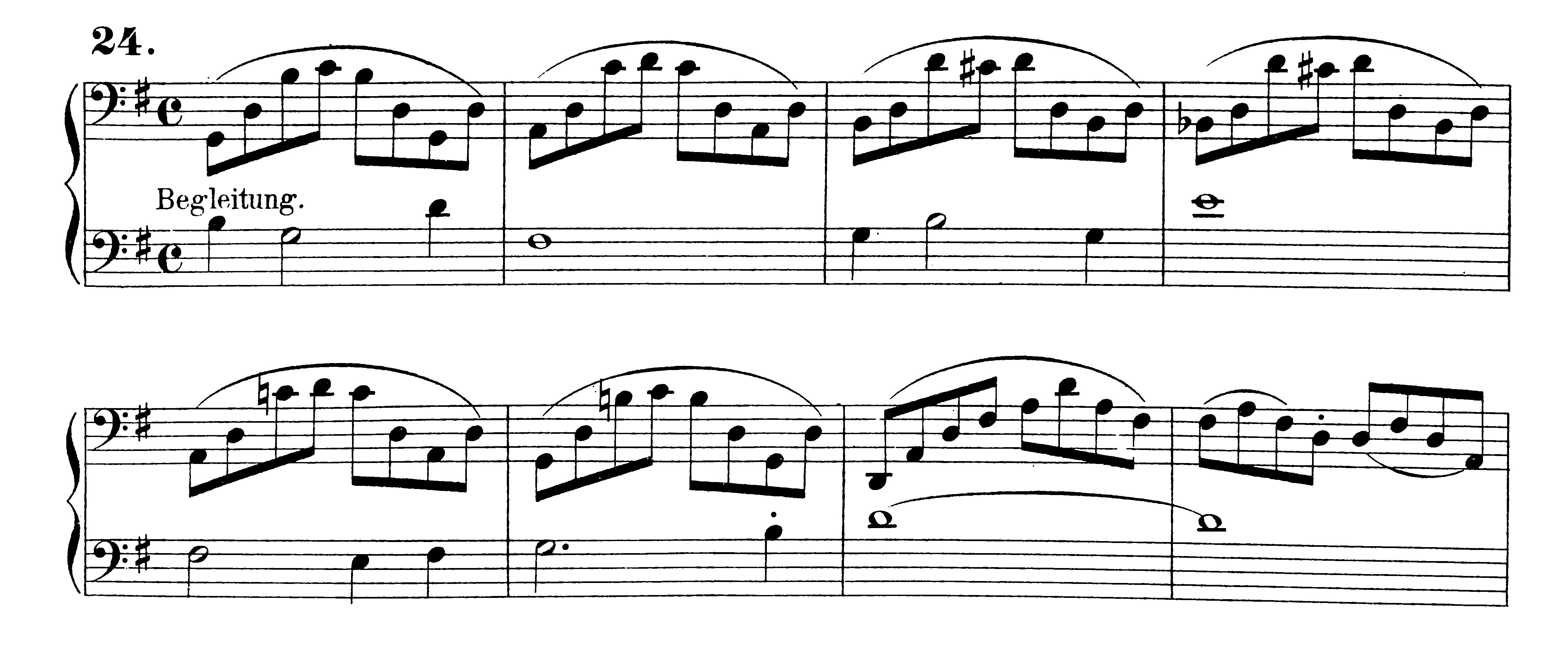


- Translator's note: Davidoff uses the words das sogenannte Legato. I have translated this as "so-called slur" to avoid confusion with the present-day English usage of legato as an expressive term, since the context indicates what we would describe as a slur. ↵

